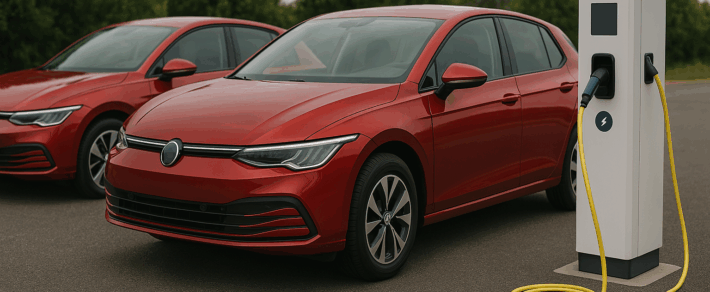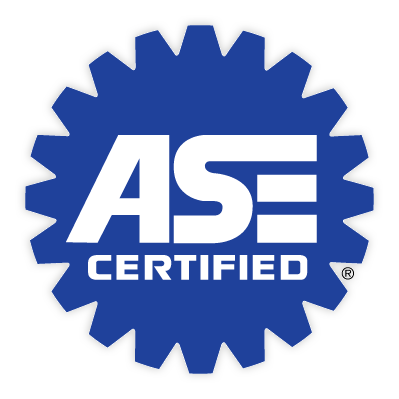Charging Infrastructure: Is it Sufficient for Your Needs?
The transition to electric vehicles (EVs) promises numerous environmental and economic benefits, yet several obstacles must be addressed to facilitate widespread adoption. One crucial factor is the availability of charging stations. While it’s true that the number of charging stations is steadily increasing, there remains a pressing need for more widespread infrastructure to meet the growing demand. This gap in availability can lead to inconvenience and anxiety for potential EV owners. Home charging presents its own set of challenges as well. Many residents, particularly those in urban areas or apartment buildings, face difficulties installing personal charging units due to space constraints or restrictions from property managers. Without access to efficient home charging solutions, potential EV users may find it less feasible to make the switch from traditional gasoline-powered vehicles. Moreover, public charging networks still have significant gaps that need addressing. In many regions, especially rural or less densely populated areas, drivers may struggle to find convenient locations for recharging their vehicles during longer trips. This network inadequacy could deter individuals who frequently travel long distances or who live outside metropolitan hubs. Additionally, the time required to charge an EV remains a critical consideration for consumers accustomed to quick refueling at gas stations. Although fast-charging technology is advancing rapidly—reducing wait times considerably—the process still takes longer than filling up a conventional car with gasoline. Addressing these concerns through technological innovation and infrastructure expansion will be essential in convincing more drivers that switching to an electric vehicle is a practical and beneficial choice for their everyday needs and overall lifestyle.
The Environmental Impact: Are Electric Vehicles as Green as They Seem?
When considering the environmental impact of battery production, it’s important to recognize the significant levels of pollution that can result from the extraction and processing of raw materials. Metals such as lithium, cobalt, and nickel, which are essential components in battery manufacturing, often require energy-intensive mining operations. These activities not only contribute to greenhouse gas emissions but also pose risks to local ecosystems and water supplies. Moreover, while electric vehicles (EVs) are generally perceived as eco-friendly alternatives to traditional gasoline-powered cars due to their zero tailpipe emissions, their overall lifecycle emissions tell a more complex story. From production through disposal, EVs involve various stages where carbon footprints can accumulate. For instance, the manufacturing process itself is energy-heavy and often reliant on fossil fuels unless renewable energy sources are utilized. Additionally, recycling challenges for batteries present another layer of environmental concern. The current recycling technologies for lithium-ion batteries—commonly used in EVs—are not yet fully efficient or widespread. This can lead to a higher volume of waste that ends up in landfills or requires further resource-intensive processes to reclaim valuable materials. Addressing these challenges is crucial not only for minimizing ecological damage but also for ensuring sustainable practices within the growing EV market. Thus, while electric vehicles offer promising advantages in reducing immediate urban air pollution and dependency on oil resources, it is imperative that we continue improving battery technologies and sustainable practices across their entire lifecycle—from production through eventual recycling—to truly maximize their environmental benefits.
Lack of Variety and Performance Concerns in Electric Vehicle Models
While it’s true that the current market offers a relatively limited selection of electric vehicle (EV) models compared to the vast array of traditional gasoline-powered cars, this landscape is rapidly changing. Automakers are investing heavily in expanding their EV lineups, promising a future where consumers will have a wide variety of options to suit different needs and preferences. This expansion is driven by advances in battery technology and design innovation, which are leading to more affordable and versatile models. When it comes to performance comparisons with conventional vehicles, there has been significant progress in bridging the gap. Historically, some skeptics have pointed out that electric vehicles lag behind in terms of speed and power. However, many modern EVs now boast impressive acceleration due to the instant torque delivered by electric motors. For instance, high-performance models like the Tesla Model S Plaid can accelerate from 0 to 60 mph in under two seconds—a feat that rivals or even surpasses many luxury sports cars. Furthermore, ongoing advancements are addressing speed and power limitations traditionally associated with electric cars. Improved battery efficiency not only extends driving range but also enhances overall performance capabilities. As manufacturers continue to innovate and optimize these technologies, we can expect electric vehicles to meet—and eventually exceed—the performance standards set by their internal combustion counterparts. Investing in an EV today means being part of this thrilling evolution towards sustainable mobility without sacrificing driving pleasure or power.
Stop by and visit us at McKinney Motor Company to see how we can help you maintain or repair your vehicle in the best way possible. Call us or visit – McKinney Motor Company Albuquerque




